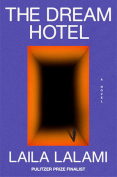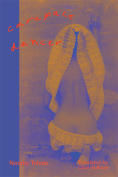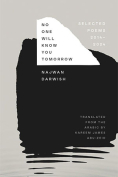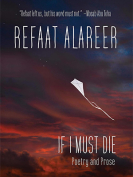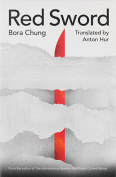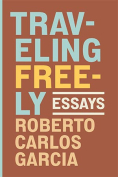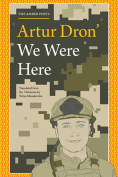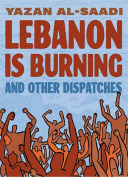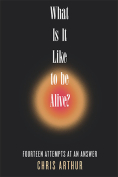Lebanon Is Burning and Other Dispatches by Yazan al-Saadi with Omar Khouri, Hicham Rahma, Ghadi Ghosn, Ganzeer, Enas Satir, Tracy Chahwan, and Sirène Moukheiber
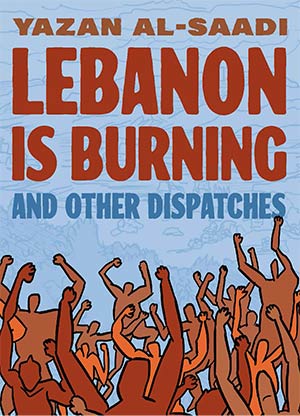
University Park, Pennsylvania. Graphic Mundi. 2025. 160 pages.
Prose can be a visually descriptive medium, but it is not without limitations. This may explain why journalist Yazan al-Saadi opted for a graphic novel to retell intimate, jarring stories about recent civil unrest in the Middle East. Lebanon Is Burning and Other Dispatches is al-Saadi’s collaboration with comic book artists from Egypt, Lebanon, Palestine, and more—all with a necessary proximity to events they capture. The graphic novel feels eclectic and chaotic by necessity. Visceral, humorous, and ultimately triumphant, each “dispatch” (comic) delivers something unique and memorable.
Though the comics make up the bulk of Lebanon Is Burning, al-Saadi introduces each entry with a brief preface to explain its context and what compelled him in the entry’s artist. Though some of his panel-for-panel explanations feel a bit unnecessary, it’s best to look at these as true annotation, not an attempt to cover a comic’s blind spot. This is especially true for “Eight Years of Unrest in Syria,” which includes a subtle allusion to an iconic image from Katsuhiro Otomo’s manga, Akira.
Certain stories carry noticeably more weight, but none of them are easily dismissed or outright lighthearted. “(In)Humanitarian Workers,” for example, takes a playful approach to outlining the half-hearted and ethically flawed “aid” provided by Doctors Without Borders. Al-Saadi’s collaboration with Hicham Rahma isn’t a burning indictment of the program, but it is unflinching and poignant in the point it makes.
Al-Saadi’s unwavering pursuit of the truth and an eye for corruption lends itself to all of the graphic novel’s artists. His work with Enas Satir, “An Uprising in Sudan,” presents Sudanese dictator Omar al-Bashir as a quivering monster, with the lines that compose his face emphasizing his pained and inauthentic smile. “Eppur Si Muove,” on the other hand, uses colorful, dreamlike imagery to liken Patrick George Zaki’s political imprisonment to Galileo’s. Each panel, though simple, is as telling as it is captivating.
Lebanon Is Burning may feel lacking in continuity, but that seems difficult to curate given its subject. In fact, this chaotic arrangement seems to accurately reflect the chaos of civil unrest itself. And to assemble in such a way that’s engaging and accessible speaks volumes to al-Saadi’s clarity and tact. Some of the text’s stories may have more staying power than others, but every entry has something undeniably worth saying. Not to minimize Lebanon Is Burning, but hopefully this is far from the last dispatch we read from al-Saadi.
Daniel Bokemper
Oklahoma City

